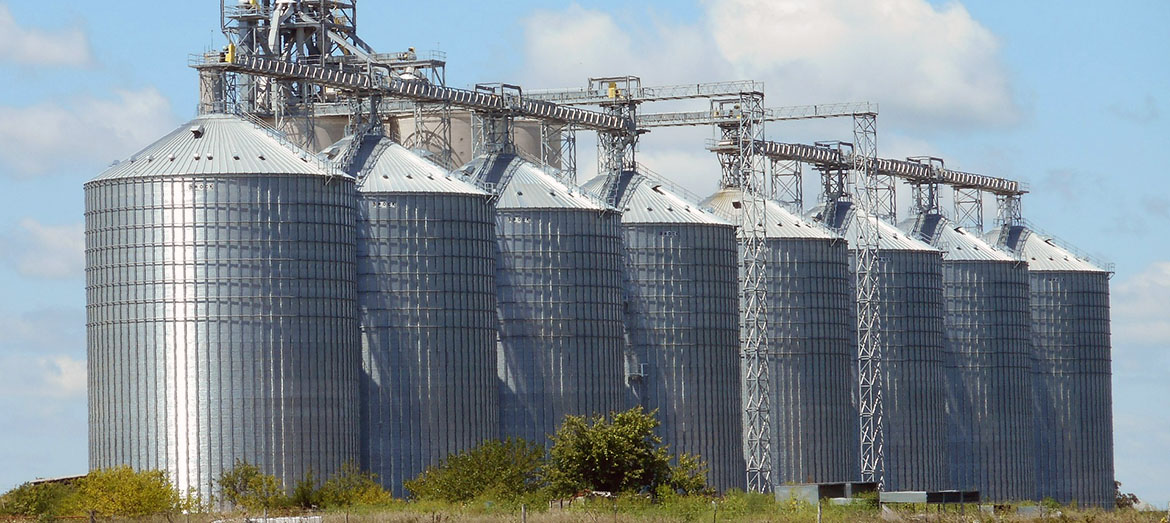
Employees who can reach outside their silos to find colleagues with complementary expertise learn more, sell more, and gain skills faster. The value of horizontal teamwork is widely recognized. In short, the integrated solutions that most customers want-but companies wrestle with developing-require horizontal collaboration. Today the vast majority of innovation and business-development opportunities lie in the interfaces between functions, offices, or organizations. The response we get is almost always the same: vertical relationships.īut when we ask, “Which relationships are most important for creating value for customers?” the answers flip. We’ve posed that question to managers, engineers, salespeople, and consultants in companies around the world. Which relationships get prioritized in your day-to-day job? Now consider the people in other functions, units, or geographies whose work touches yours in some way.

Think about your own relationships at work-the people you report to and those who report to you, for starters. That’s understandable: It is devilishly difficult. Though most executives recognize the importance of breaking down silos to help people collaborate across boundaries, they struggle to make it happen. And when that happens, interface collaboration will become second nature. What, then, is the solution? Engaging in four activities that promote horizontal teamwork: (1) developing cultural brokers, or employees who excel at connecting across divides (2) encouraging people to ask questions in an open-ended, unbiased way that genuinely explores others’ thinking (3) getting people to actively take other points of view and (4) broadening employees’ vision to include more-distant networks.īy supporting these activities, leaders can help employees connect with new pools of expertise and learn from and relate to people who think very differently from them. Employees naturally default to focusing on vertical relationships, and formal restructuring is costly, confusing, and slow. To realize them, companies must break down silos and get people working together across boundaries. This simulation was made at the University of Colorado Boulder, Department of Mechanical Engineering.Today the most promising innovation and business opportunities require collaboration among functions, offices, and organizations. In practice, one of the samples is “different” from the others if the p-value is less than 0.05 as indicated in the lower plot window (“Dependence?”). The p-value is the area to the right of the F statistic under the F-distribution shown in the lower right of the window. The F statistic is the ratio between the MSTr and MSE. The MSTr is proportional to the sum of the square of the length of the orange bars and the MSE is proportional to the sum of the length of the green bars. The relative sizes of the treatment mean square (MSTr) and error mean square (MSE) are shown in the lower left of the window.

The slider bars are used to change the spread and offset of the ith sample. The sample mean (red circle), sample variances (green bars), grand mean (mean of the sample means, shown with a dashed black line), and the difference between each sample mean and the grand mean (orange bars) are shown illustratively in the plot.

The data in each sample are shown as blue circles. This MATLAB simulation helps visualize how one-way analysis of variance (ANOVA) works for three samples (I = 3) each with ten measurements (J 1 = J 2 = J 3 = 10).


 0 kommentar(er)
0 kommentar(er)
